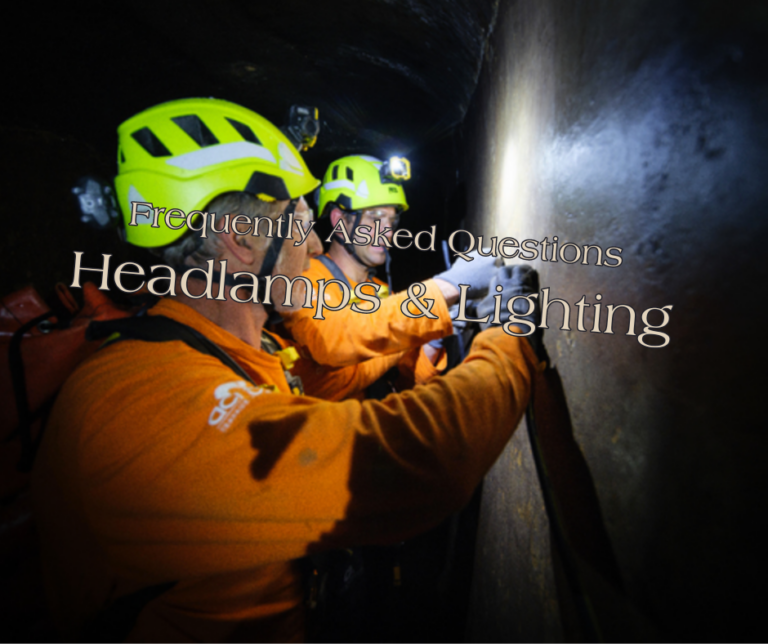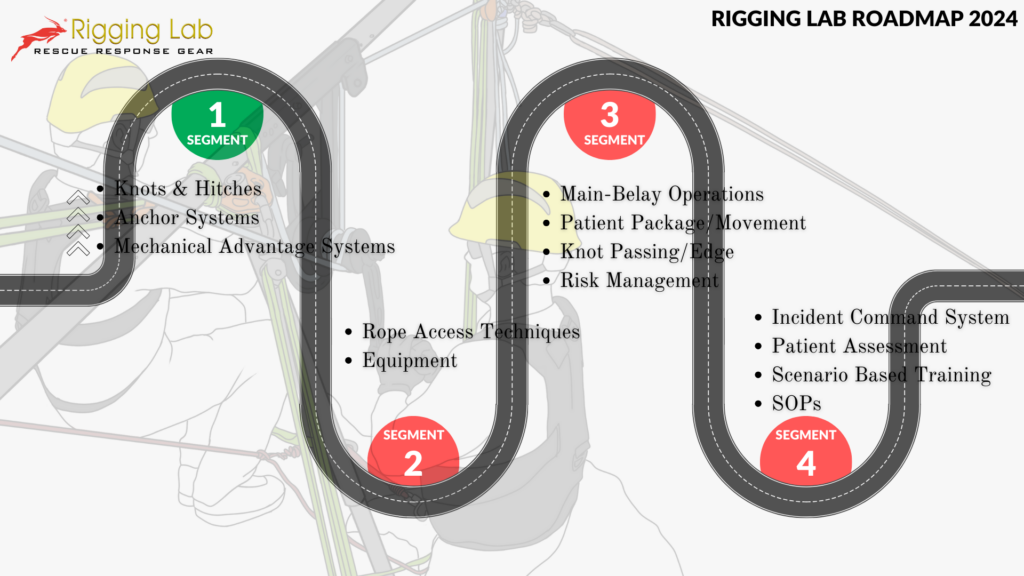Q: Is there a single headlamp that fits all needs?
A: No. If there is one item in the rescue world that exceeds all others in sheer numbers of makes, models, and manufactures it might very well be headlamps. A common thread with all rescue equipment, including headlamps is the influence of specific work environments. The personal lighting needs for underground construction versus cave rescue versus IDLH environments versus wilderness rescue and so on is radically different.
Q: What are the key features to consider when choosing a headlamp for technical rope rescue?
A: When selecting a headlamp for technical rope rescue, important features to consider include brightness levels, beam distance and spread, battery life, durability, waterproof rating, compatibility with helmet mounting systems, and ease of use while wearing gloves.
Q: How do I ensure that a headlamp is suitable for use in technical rope rescue operations?
A: Ensuring that a headlamp is suitable for technical rope rescue involves checking for certification to relevant standards such as ANSI FL1 or IPX rating for water resistance. Additionally, considering the specific lighting needs and challenges of rope rescue scenarios, such as the need for hands-free operation, long-lasting battery life, and reliable performance in various environmental conditions, is essential.
ANSI FL1 and IPX are standards used to define specific performance criteria for flashlights and headlamps, including parameters such as brightness, beam distance, impact resistance, and water resistance.
- ANSI FL1: The ANSI FL1 (American National Standards Institute FL1) standard provides a set of guidelines for flashlight performance testing. It includes metrics such as luminous flux (brightness), beam distance, runtime, impact resistance, and water resistance. Manufacturers who adhere to this standard provide consumers with consistent and reliable information about the performance of their flashlights.
- IPX Rating: The IPX rating (Ingress Protection Rating) is an international standard that classifies the degree of protection provided by electrical enclosures against intrusion of foreign objects (including dust) and moisture. The rating is expressed as “IP” followed by two digits, with the first digit representing protection against solid objects and the second digit representing protection against liquids. For example, an IPX7 rating means the device is protected against immersion in water up to 1 meter for 30 minutes.
Q: Can headlamps designed for outdoor activities such as hiking or camping be used for technical rope rescue?
A: While headlamps designed for outdoor activities may provide adequate illumination for some aspects of rope rescue operations, they may lack the specialized features and durability required for the unique challenges of technical rope rescue. It is generally recommended to use headlamps specifically designed and certified for technical rescue operations to ensure optimal performance and safety.
When choosing a headlamp, it is important to consider the following:
- The type of work or activity you will be doing while wearing the headlamp.
- The environment in which you will be using the headlamp.
- How much light you will need.
- How long you will need to use the headlamp.
- The weight and size of the headlamp.
- How comfortable the headlamp is to wear.
- The headlamp’s battery life.
- The headlamp’s beam pattern.
- The headlamp’s settings.
- The headlamp’s durability.
- The headlamp’s price.
Some headlamps even come with special features, such as a built-in reading light or an emergency whistle.
Ultimately, the headlamp you choose should be suited to your specific needs and the environment in which you’ll be using it. Choosing the wrong headlamp can mean the difference between a successful rescue and a disaster.
Some research articles
- Article 500 of the National Electrical Code (NEC), NFPA 70
- “NFPA 70, National Electric Code”. National Fire Protection Association
- 1910.307 Hazardous Locations
Peace on your Days
Lance










